While many butterflies daintily sip nectar from blooming flowers, others follow their wilder cravings—drawn to the rich, fermenting sugars of overripe fruit. Incorporating a fruit feeder into your butterfly garden offers more than just a sweet gesture—it caters to species that thrive on the nutrients found in rotten fruit. For these butterflies, nectar is not enough; they seek the deep, juicy sustenance that only fruit can provide.

 Why Fruit Attracts Butterflies
Why Fruit Attracts Butterflies
Butterflies are attracted to the sugary liquids found in fruit. As fruits ripen, they release sugars and other compounds that butterflies find appealing. Overripe or rotting fruits become softer and more liquid, making their juices easier to access. The fermentation process in overripe fruits can also release scents that appeal to butterflies.
Butterflies have a straw-like proboscis, which is a modified mouthpart that allows them to sip liquids. They can’t chew solid food, so they use their proboscis to access the juices from the fruit.
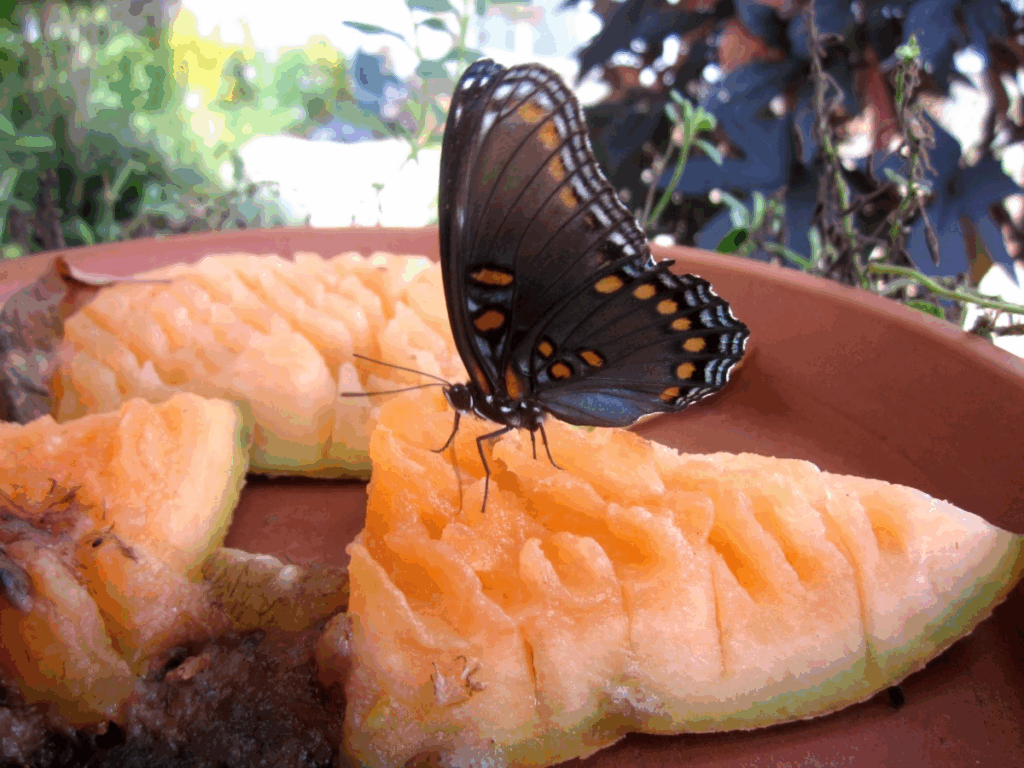
🔎 Species to Watch For
Species especially drawn to fruit include Mourning Cloaks (Nymphalis antiopa), Red Admirals (Vanessa atalanta), Question Marks (Polygonia interrogationis), Red-Spotted Purples (Limenitis arthemis), Hackberry Emperors (Asterocampa celtis), Viceroys (Limenitis archippus), and Commas (Polygonia c-album) and Question Marks (Polygonia interrogationis). These butterflies are known for their fondness of fermented sugars and may visit regularly if fruit is available.
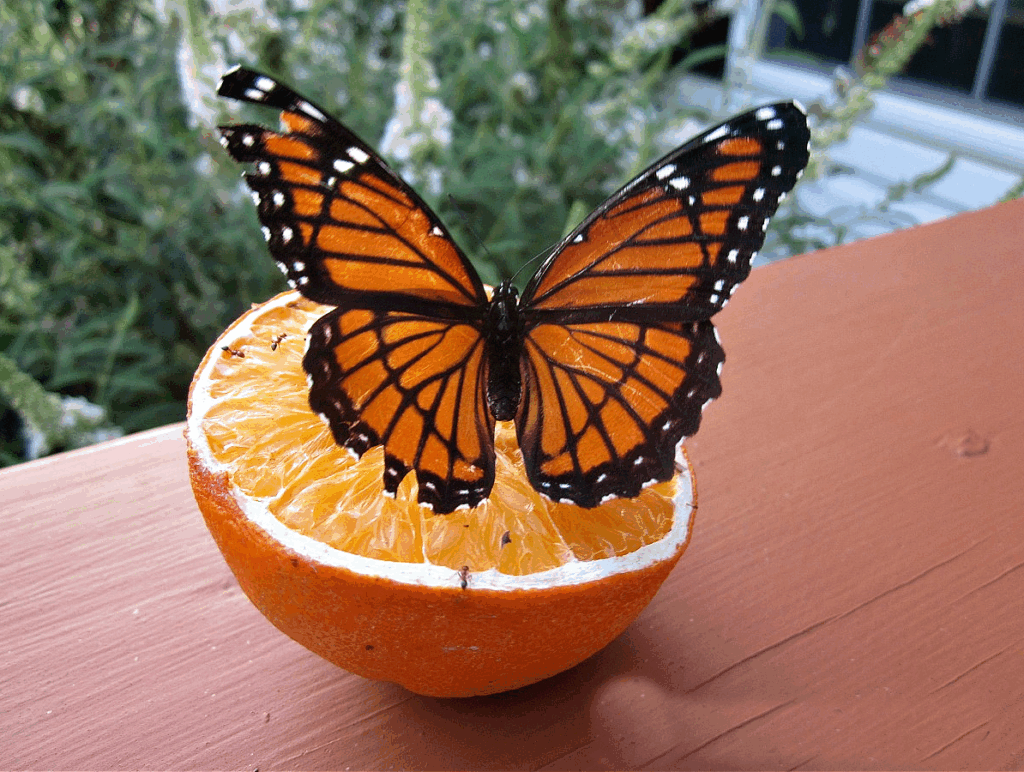
🍊How to Create a Simple Fruit Feeder
The National Wildlife Federation suggests using a plate and adding fruit that is going bad. Place pieces of overripe fruit in a shallow dish and place it outside. The mixture can be kept moist by adding water or fruit juice. Add a splash of beer or wine to enhance fermentation and a dash of salt to attract more butterflies.
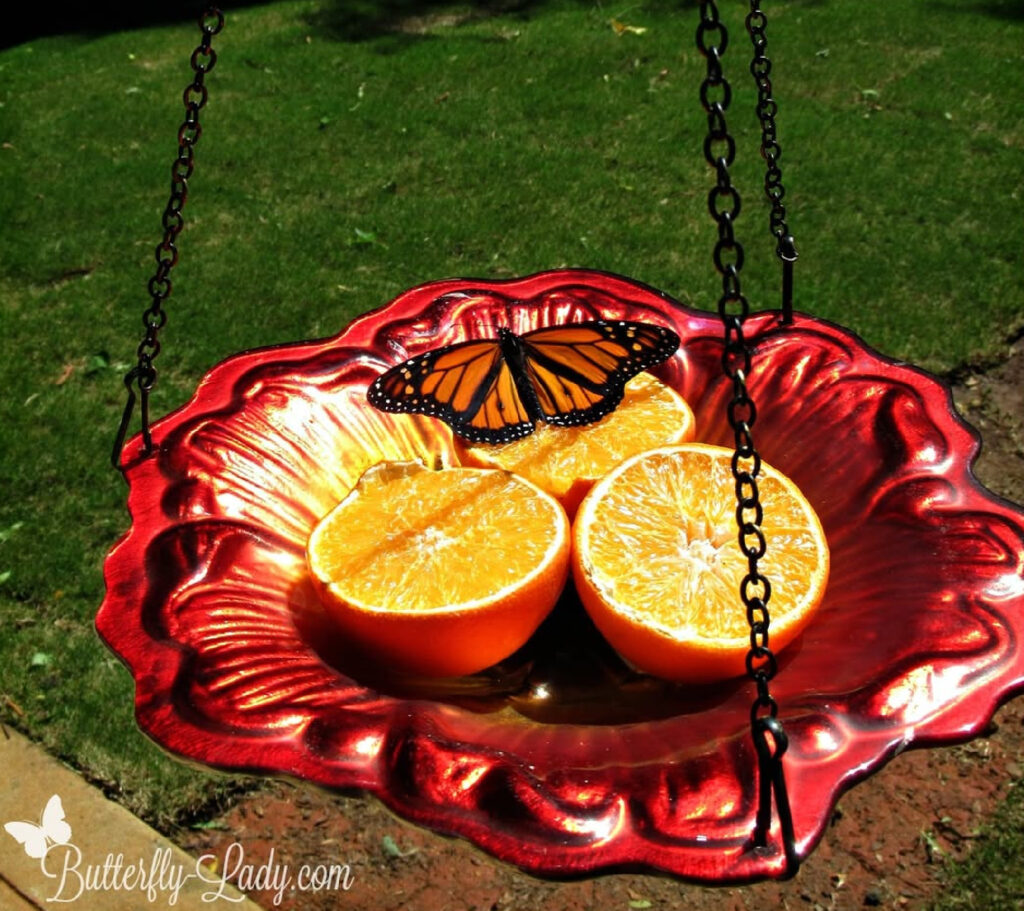
My friend, Jill Streit-Murphy of Building a Butterfly Garden, hangs out a rotten banana in her garden. There are so many butterflies you can’t even see the fruit!
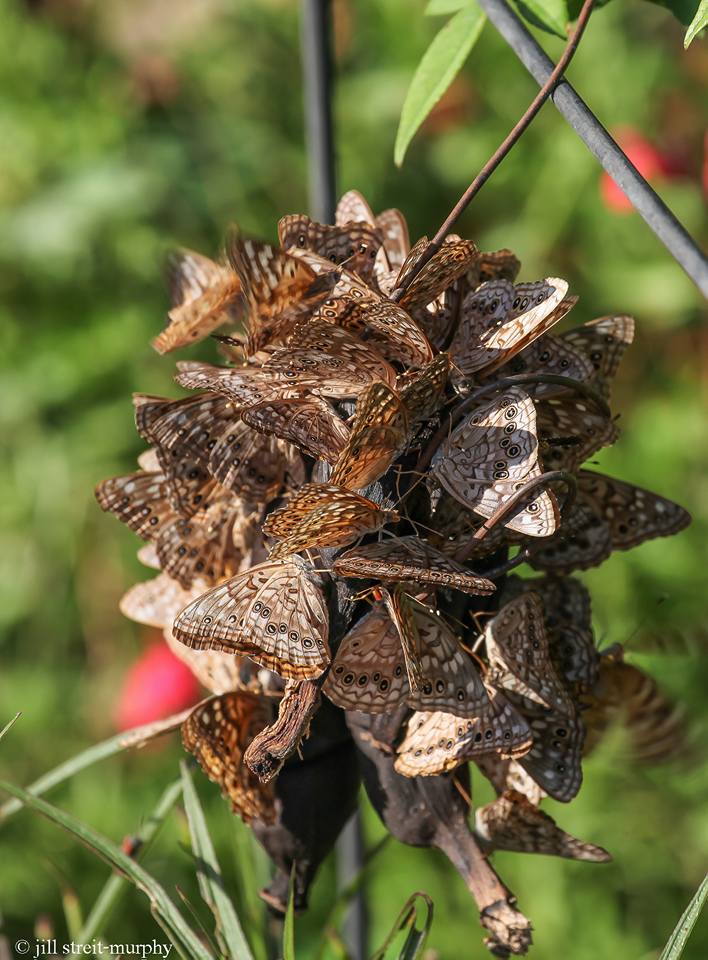
🚫Keep Ants Away
Hang your fruit feeder with an ant guard to prevent invasions. Options include water-filled guards with a drop of oil, or those with enclosed pesticide elements that don’t contact the butterflies.
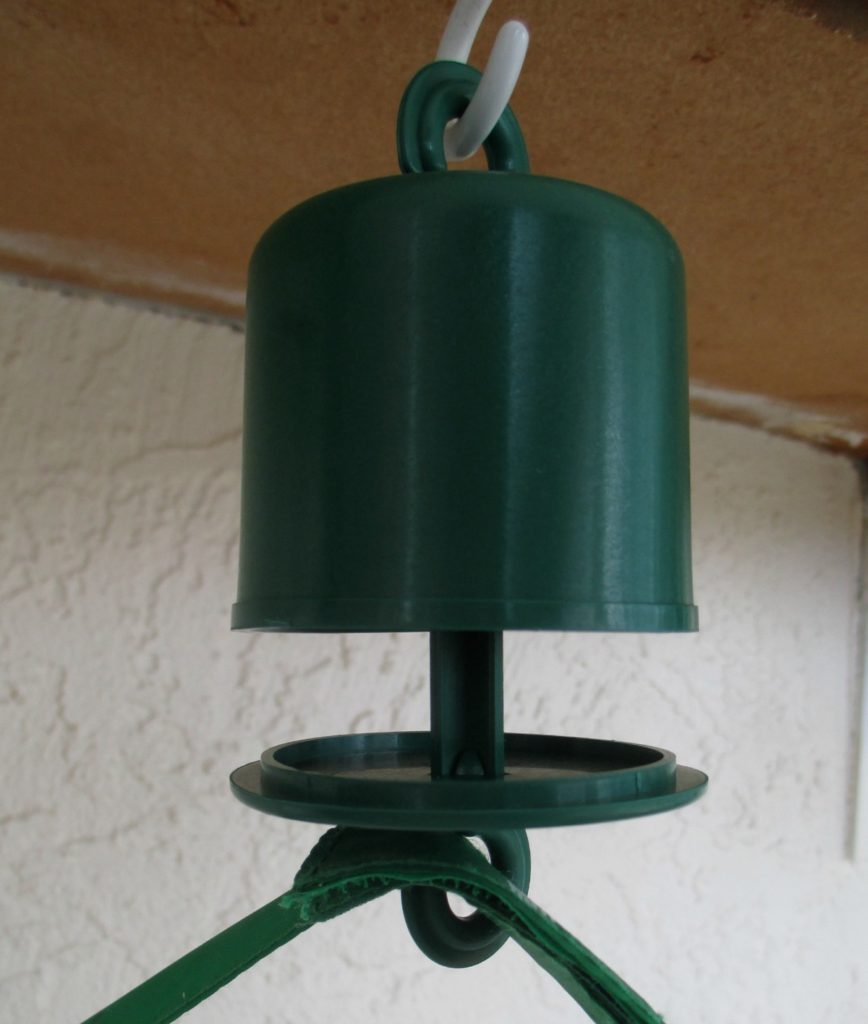
🍌 Banana Brew for the Bold
The National Butterfly Center in Mission, Texas, makes a Banana Brew” and paints the mixture on stumps and logs placed throughout their nature preserve. Many of the tropical butterflies found in the sanctuary and be found feeding on the banana brew making it a perfect place to observe and photograph butterflies.
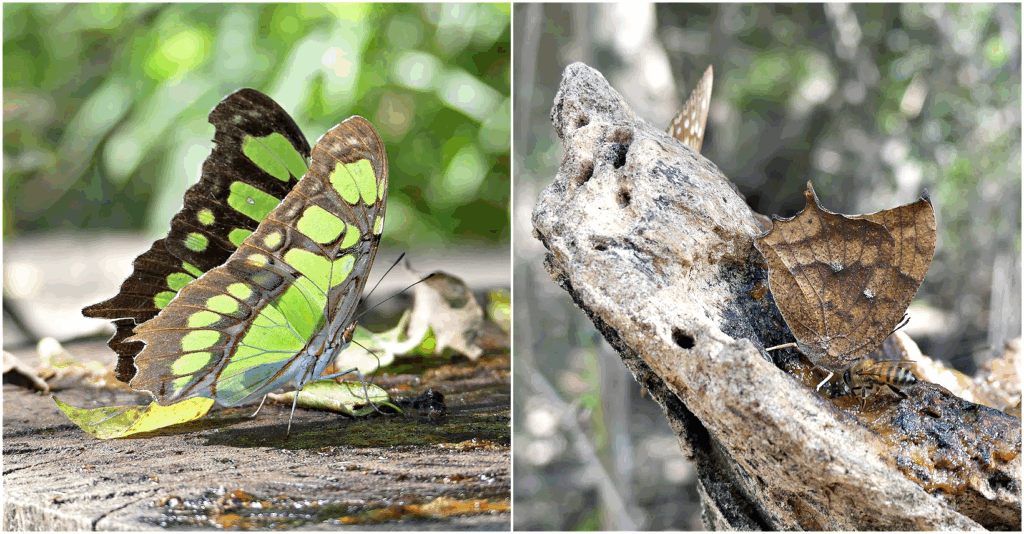
🍌 Butterfly Brew Recipe
Here’s a basic version you can try at home:
8-10 Overripe bananas (mashed)
2 cups brown sugar or molasses
1 16 oz Dark Beer
Blend until smooth. Should be the consistency of cake batter. Let the mixture keep on counter overnight to fefment, then store in fridge.
🖌️ How to Use It
Mix ingredients until you get a thick, sticky paste.
Paint it onto logs, tree trunks, or flat stones in your garden.
Place in shaded areas where butterflies like to rest.
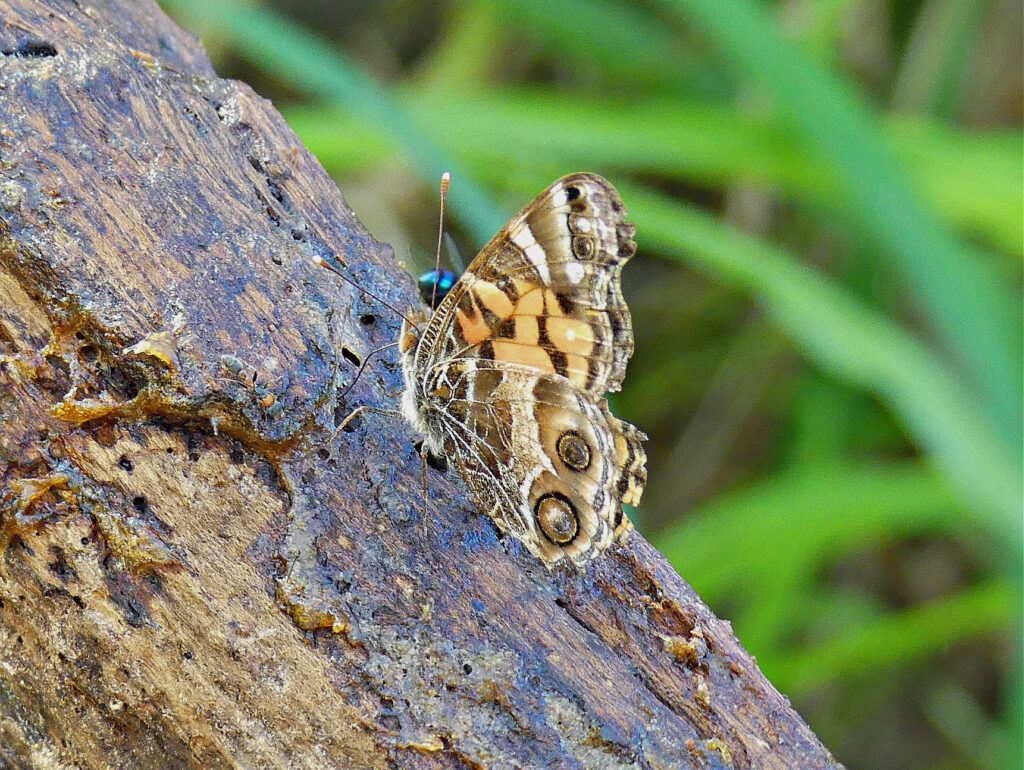
Quick Tips for Fruity Butterfly Feasting
🍉 Best Fruit Choices
- Use soft, overripe fruits like bananas, peaches, oranges, apples, watermelon and cantaloup and strawberries
- Avoid citrus peels or underripe fruit—they’re tougher and less appealing
☀️ When to Place Feeders
- Late summer and early fall often bring more fruit-feeding visitors
- Warm, sunny days help release fruity scents that attract butterflies
🍽️ Placement Matters
- Set fruit out near resting spots like logs, rocks, or garden benches
- Shade helps slow down fruit decay and keeps butterflies cool
🚫 Ant-Proofing Tricks
- Use hanging dishes with water-filled ant guards
- Apply petroleum jelly around feeder edges to deter crawlers
📸 Butterfly Watching Bonus
- Early morning and mid-afternoon are prime times for fruit-feeding activity
- Keep your camera ready—some fruit lovers are bold and photogenic!
